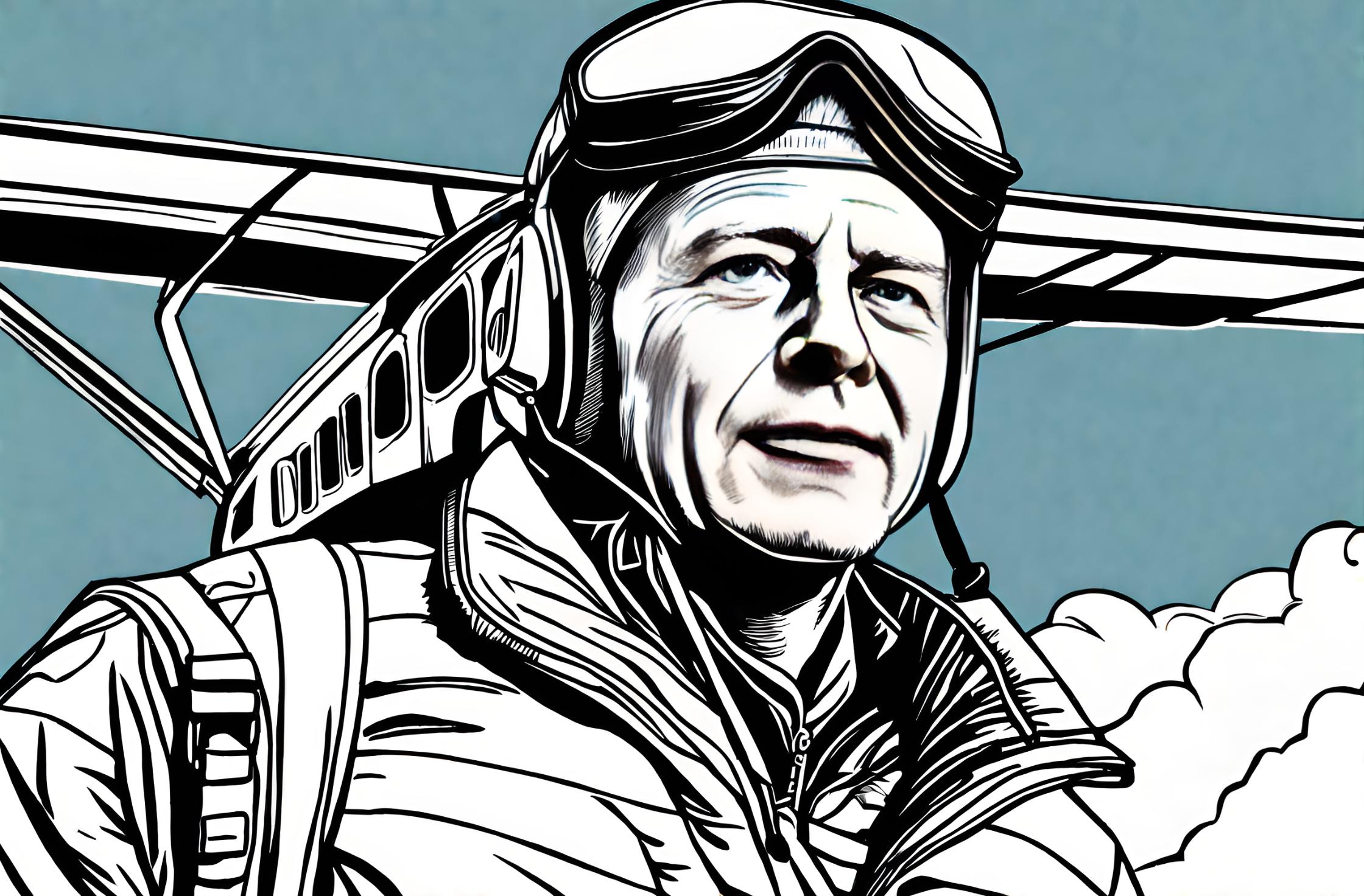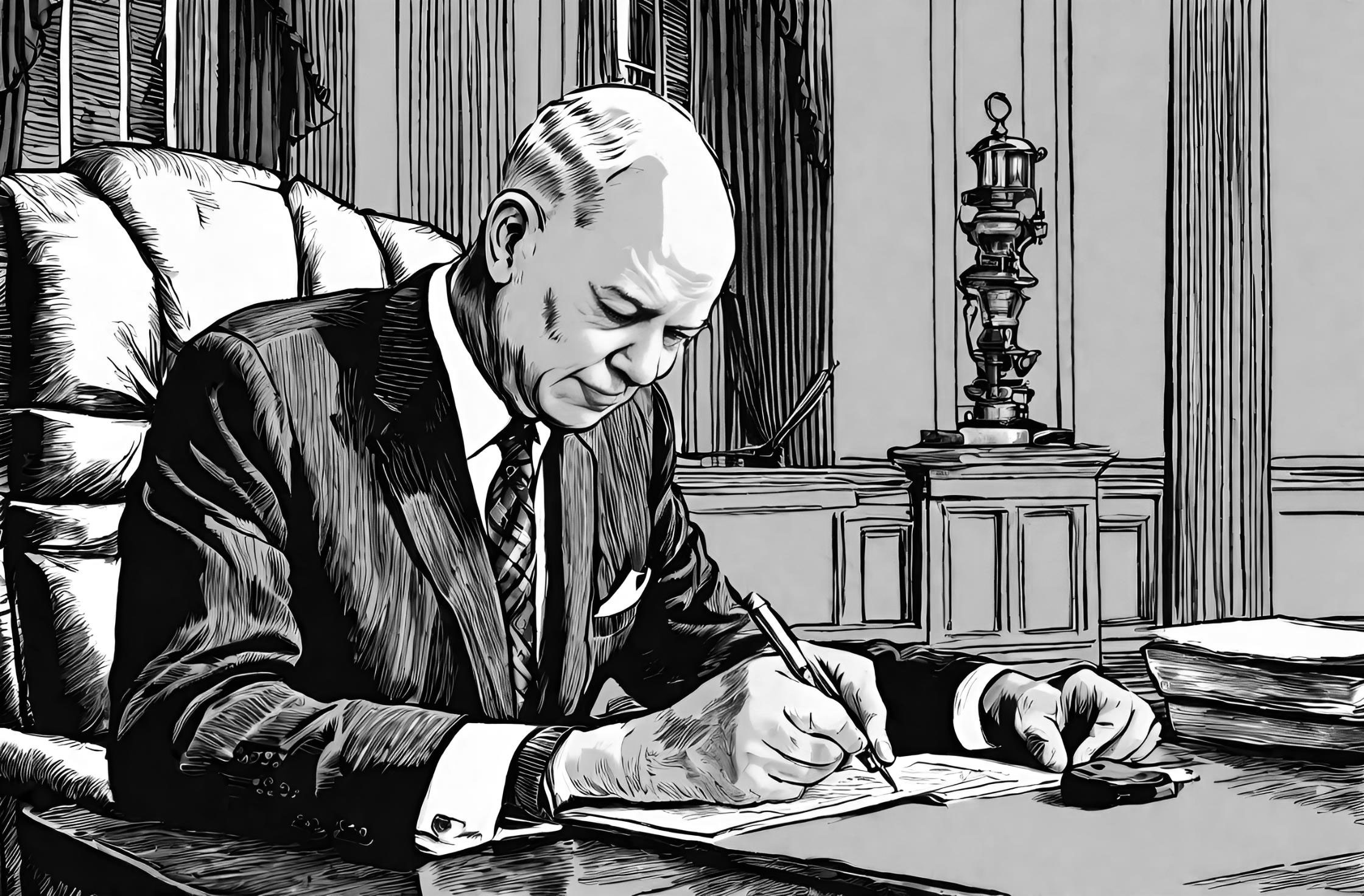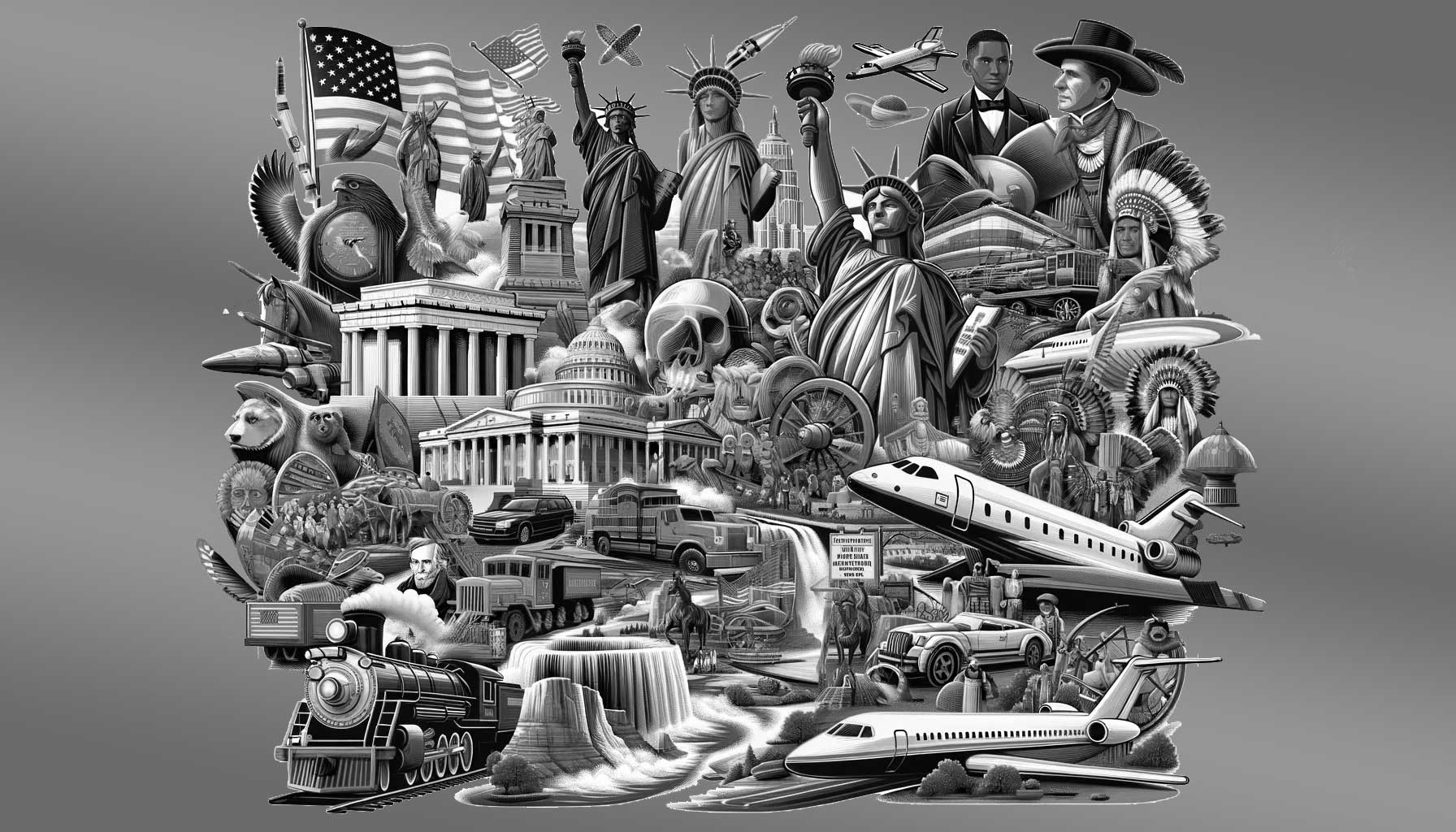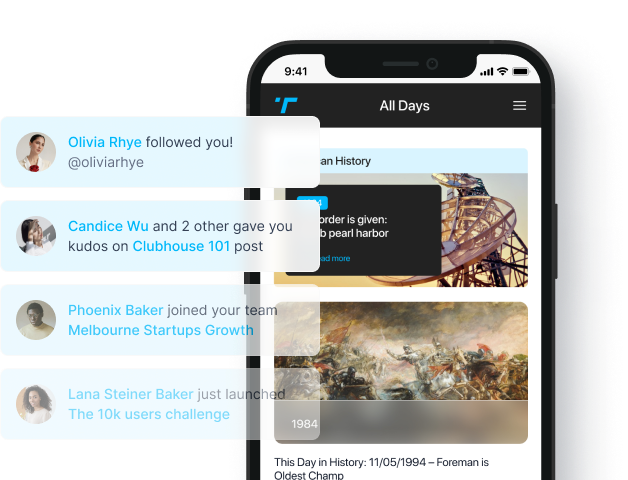Flashback to May 22
American History

In the annals of aviation history, one event remains a monumental testament to the awe-inspiring heights humanity is capable of scaling—the solo flight across the Atlantic Ocean by Charles Lindbergh on May 21, 1927. It was an adventure that defied the odds, defied the experts, and defied the formidable power of Mother Nature herself.
Charles Lindbergh, an audacious young pilot at the time, challenged the norms, taking to the sky in his Spirit of St. Louis—a custom-built, single-engine monoplane. He aimed to take home the Orteig Prize, a $25,000 reward proposed by Raymond Orteig for the first nonstop flight from New York to Paris.
Embarking on an odyssey stretching 3,600 miles across the daunting expanse of the Atlantic Ocean, Lindbergh braved the hazardous journey alone. On May 20, Lindbergh took off from Roosevelt Field, Long Island. The Spirit of St. Louis was heavily burdened with fuel, which nearly eliminated the margin for error or mishap. It was risky but essential, as Lindbergh’s survival and success hinged on this calculated gamble.
Through solo navigation and estimation—bearing the full onus of piloting an aircraft without modern avionics—Lindbergh battled sleep deprivation, treacherous weather conditions, and the hypnotic monotone of endless ocean beneath him.
Yet, despite these challenges and the looming shadow of failure and risk, Charles Lindbergh reached his destination. The Spirit of St. Louis roared down on Le Bourget Field, Paris on the night of May 21, 1927. When the propellers finally halted, Lindbergh had etched his name forever into the annals of aviation history. He completed this extraordinary flight in 33.5 hours, a feat before considered inconceivable.
News of Lindbergh’s triumph spread worldwide, inspiring awe and jubilation. The underdog had emerged victorious, shining light on the grand possibilities of human endeavor. There was no refuting it—Lindbergh had transformed, in one tireless flight, our world into a more connected, more conceivable global community.
From a technical perspective, Lindbergh’s flight advanced aviation, demonstrated the reliability of the technology, and highlighted the sheer potential of air travel. Lindbergh himself became an instant celebrity and a symbol of American ingenuity. His achievement foreshadowed a future where transatlantic flights would become commonplace—a future we all are a part of today.
Lindbergh’s solo flight across the Atlantic was not just a test of human endurance and grit but also an emblem of boundless human ingenuity. It sent the message to the world that the limitations set by nature could be surmounted with determination and technical advancement. It birthed a new era in aviation—one where the skies were not a barrier, but a bridge connecting our world in extraordinary ways.
His successful solo flight brought air travel into the forefront of transportation options, altering the way people travelled around the world. Before Lindbergh, transatlantic travel was a long and arduous journey on a ship. But after him, it became clear that the world was significantly smaller when the sea was replaced by the sky.
Summing up, Charles Lindbergh’s historic solo flight across the Atlantic Ocean on May 21, 1927, was not just a significant event in aviation history; it was a pivotal moment in human history. Lindbergh’s flight marked a quantum leap in our capabilities, setting the stage for the air travel revolution which we are all part of today.
Indeed, as Lindbergh’s wheels met the tarmac on Le Bourget Field’s illuminated runway, it was a vivid testament that human dreams could, indeed, manifest into reality. It was a triumph of the human will, a bold hint of our capacity to sculpt the barriers of nature, a model of our relentless pursuit towards progress.
We strive for accuracy. If you see something that doesn't look right, click here to contact us!
Sponsored Content

US President Dwight Eisenhower…
On May 22, 1953,…

Amnesty Act restores civil…
The Amnesty Act of…

Dr Washington Sheffield invents…
On 5/22/1892, Dr Washington…

US President Richard Nixon…
US President Richard Nixon's…

US performs nuclear test…
On May 22, 1974,…

President Harry S. Truman…
On May 22, 1947,…

